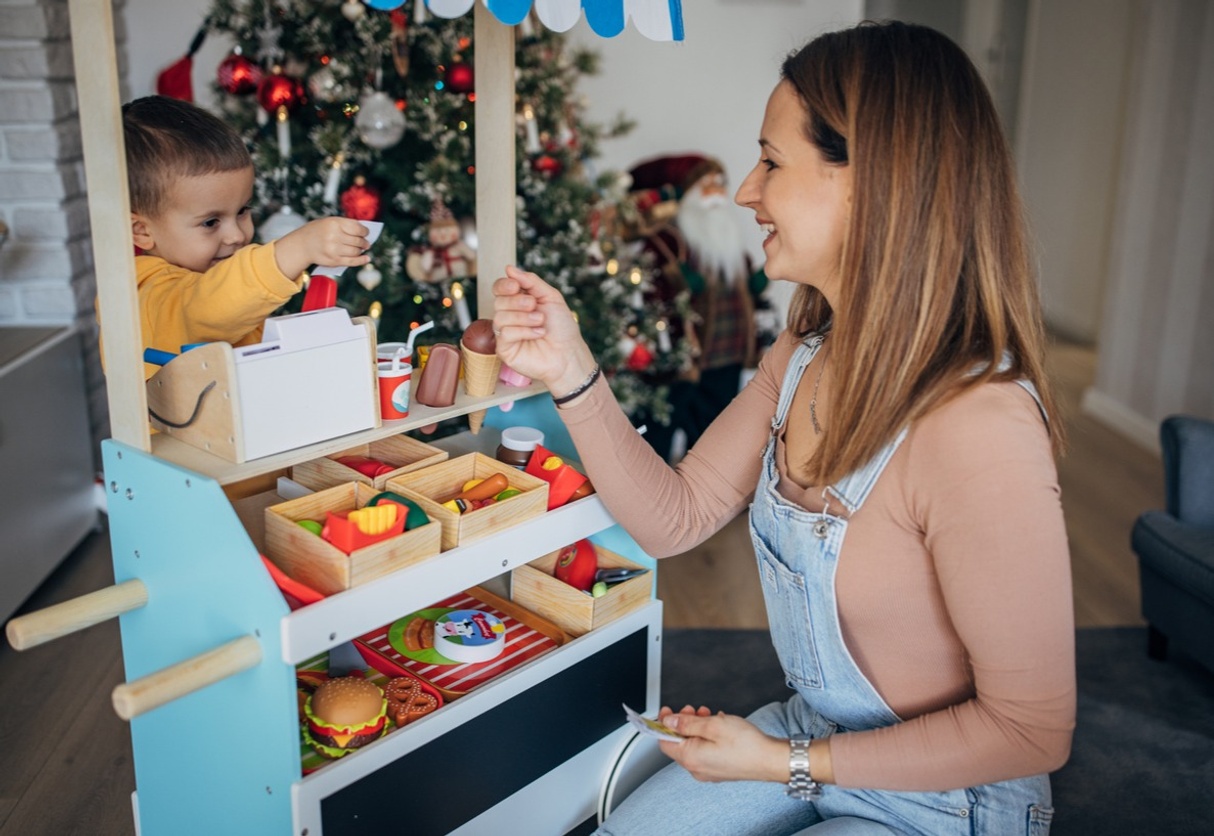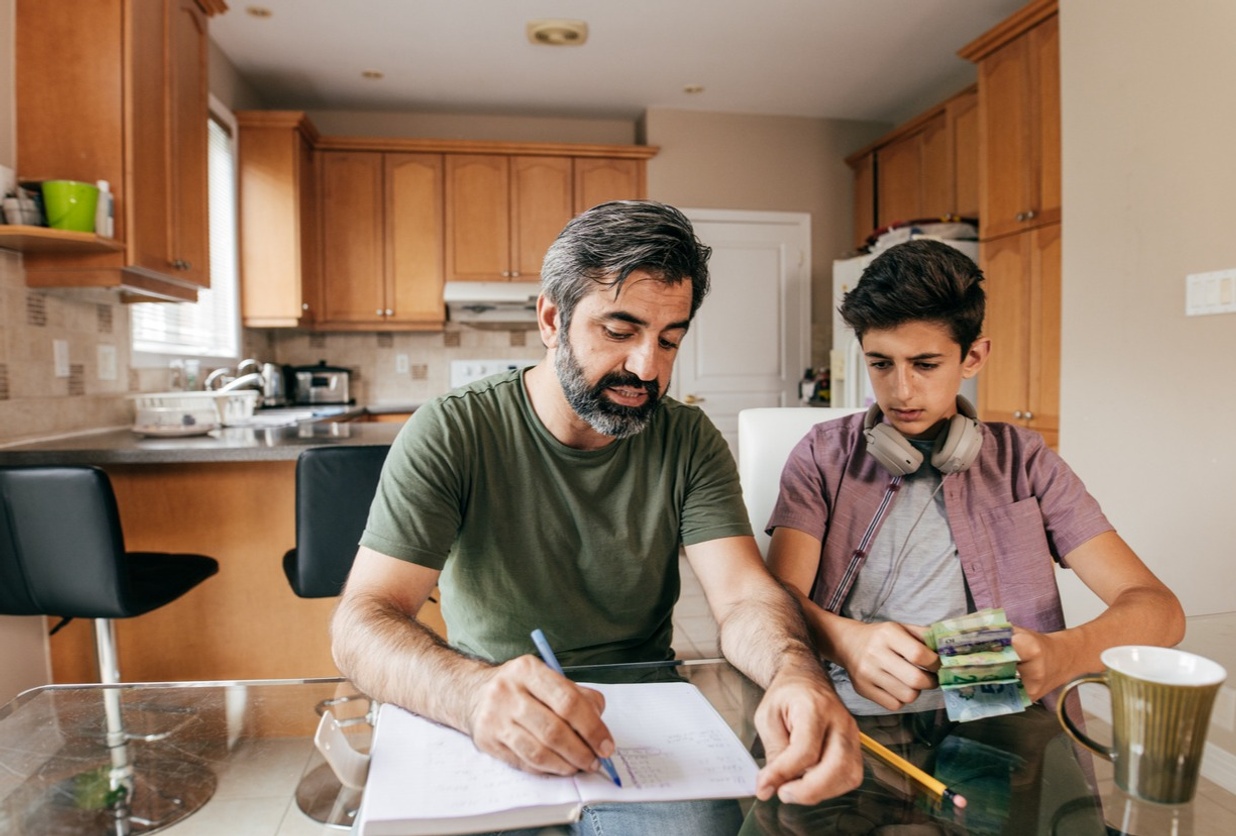Ages 3 to 7

For preschoolers to young kids, start with the basics.
Introduce the concept of money and what it’s used for by playing store or
restaurant with pretend money. Using a toy cash register is fun and takes the stress out of learning how to buy things at a real store. When you get a chance, look at real cash and coins, talking about the values of each and what they look like.
Add a piggy
bank to their room for saving up for special things and talk about things they
need (like clothes, healthy food for meals and a place to live) versus wants (toys
and candy). If you want to start giving a very small allowance, like a dollar a
week per age, that will show them money in a tangible way.
Reading picture
books is always a great way to work through situations. Look for “Bunny Money” and “The Berenstein Bears’
Trouble with Money” so you can read together and discuss finances in an age-appropriate
way.
Ages 8 through 12

By age 8, make a weekly allowance a regular part of your child’s
routine. You may choose to tie it to chores, but it’s OK to keep those two
things separate. There are differing opinions among the experts — some think
allowance for chores creates a transactional mindset while others believe
payment can be good motivation for tackling responsibilities. Either way,
teach them about the “spend, save, give” approach where they sock away a
percent in a savings account, spend a portion and set aside a bit for charity. A typical allocation is 70/20/10, respectively, but you can choose what works
for you.
For a practical approach, involve kids in the weekly errands
like grocery shopping and paying the bills so they can see what it’s like to
pay for things in a real setting. Have them help you make a budget and plan future purchases, like a
family vacation. It’s good for them to know how much things really cost!
Work money talk into family game night with Monopoly and the
Game of Life, where money is the name of the game. When kids play banker, it's an excellent way to practice counting.
Apps like Piggybot and Bankaroo make budgeting, saving and
spending fun and easy, too, giving parents a helping hand with interactive, easy-to-use tools.
Ages 13 to 18

Now that your kid is a teenager, it’s time to step up money
talk to the next level. Make sure they have a bank account, and talk about the
difference between checking and savings accounts.
Does a job fit into their
schedule? There’s no better way to learn about money than to earn it
yourself, but don't forget to sock away a portion for savings.
Now is about the time your kid might be thinking of big
purchases and longer-term goals like phones, cars and even college. Make these
big budgets together and plan out how they can reach their goals, including a
timeline.
Older teens nearing adulthood should learn about credit, interest and compound interest, especially before opening a credit card account or applying for student loans. Look for videos on YouTube that explain these concepts to teens in simple terms.
Investing is yet another step teens can take in their learning journey and they can get hands-on experience with the stock market with apps like Greenlight, Stash and Acorn. Teens can invest small
amounts of money into the market, buying, selling and trading stocks with parental
supervision. If they invest in their favorite video game company or sneaker brand, they might become more invested in investing.
At the most basic level, make sure money talk isn't a dirty word in your house. Kids need to know these concepts before they enter the adult world and financial literacy helps teach critical thinking skills that extend beyond just money. Keep the conversation going and take comfort knowing you've demystified a complicated subject.
